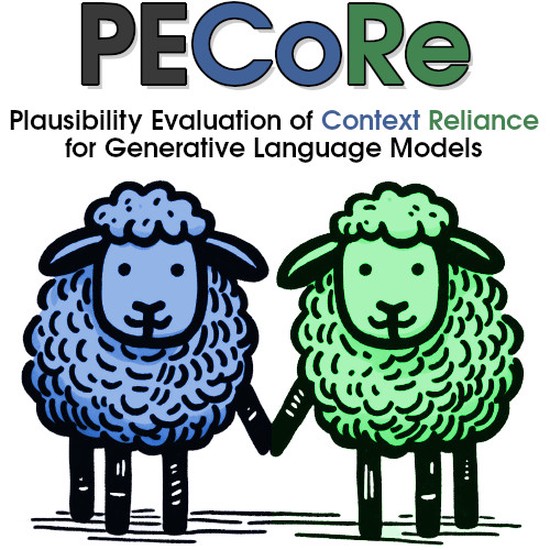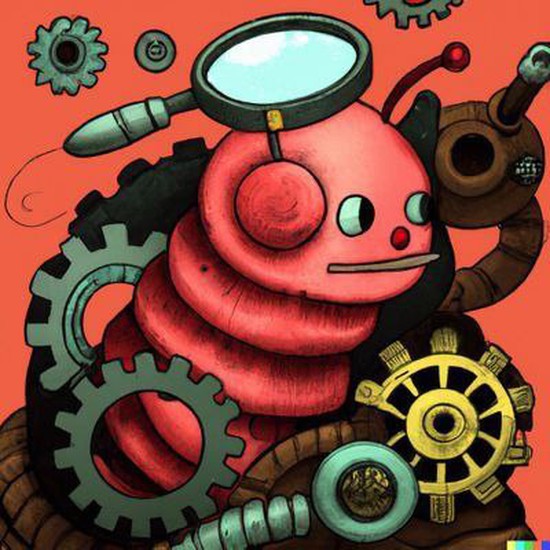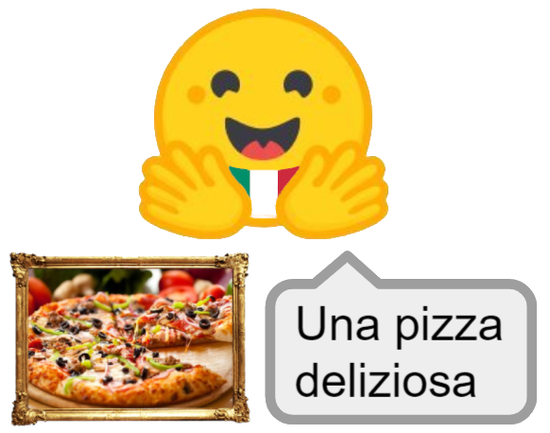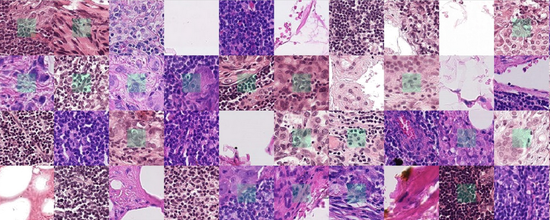Welcome to my website! 👋 I am a PhD student in the InCLoW team within the Natural Language Processing group (GroNLP 🐮) at the University of Groningen. I’m also a member of the InDeep consortium, working on user-centric interpretability for generative language models. My supervisors are Arianna Bisazza, Malvina Nissim and Grzegorz Chrupała.
Previously, I was a applied scientist intern at Amazon Translate NYC, a research scientist at Aindo, and a Data Science MSc student at the University of Trieste, where I helped found the AI Student Society.
My research aims to translate theoretical advances in language models interpretability into actionable insights for improving trustworthiness and human-AI collaboration. To this end, I lead the development of open-source interpretability software projects to enable reproducible analyses of model behaviors. I am also excited about the potential of human behavioral signals such as keylogging, gaze and brain recordings to improve the usability and personalization of AI solutions.
Your (anonymous) constructive feedback is always welcome! 🙂
Interests
- Generative Language Models
- Deep Learning Interpretability
- Human-AI Interaction
- User Modeling and Personalization
Education
-
PhD in Natural Language Processing
University of Groningen (NL), 2021 - Ongoing
-
MSc. in Data Science and Scientific Computing
University of Trieste & SISSA (IT), 2018 - 2020
-
DEC in Software Management
Cégep de Saint-Hyacinthe (CA), 2015 - 2018
Experience
-
Applied Scientist Intern
Amazon Web Services (US), 2022
-
Research Scientist
Aindo (IT), 2020 - 2021
-
Visiting Research Assistant
ILC-CNR ItaliaNLP Lab (IT), 2019












